Product Consultation
Your email address will not be published. Required fields are marked *
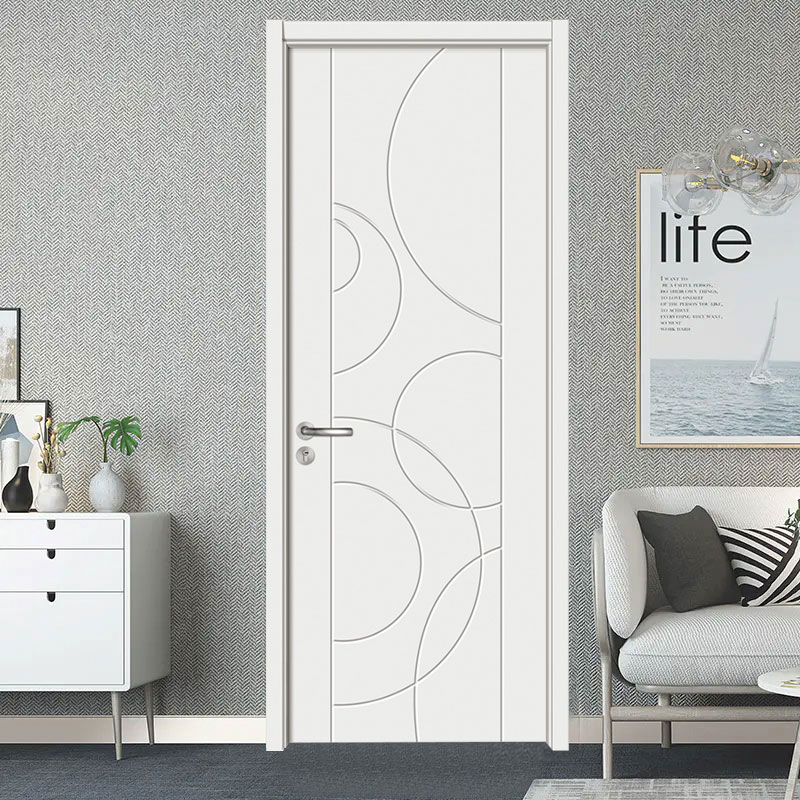
How does the PVC Flush Door perform in extreme weather conditions, such as high humidity or direct exposure to sunlight?
May 13,2025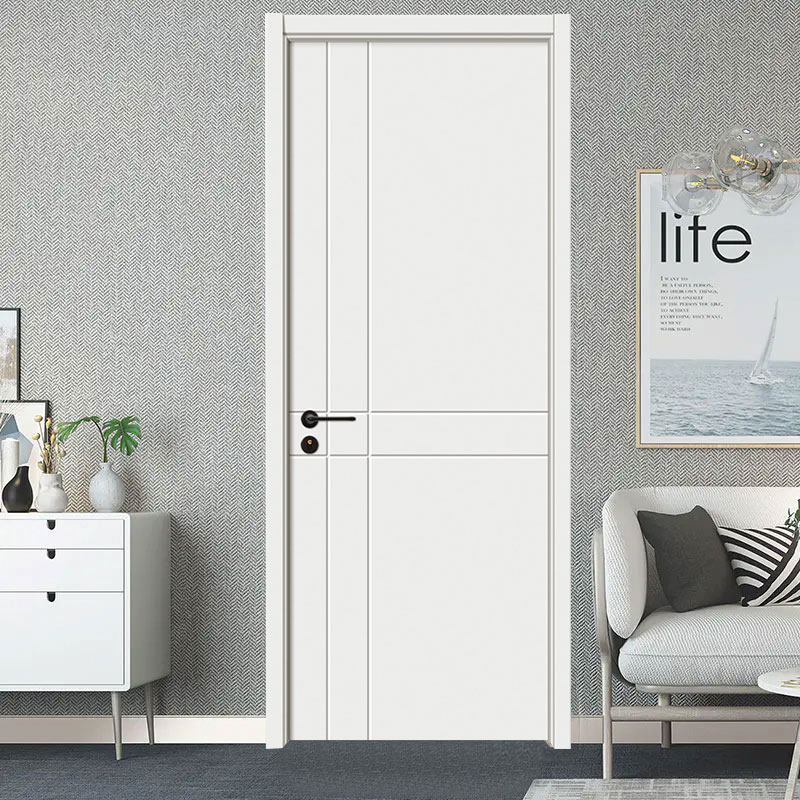
How does the Solid Color Lacquered Door perform in high-humidity areas, such as bathrooms or kitchens, in terms of maintaining its finish and structural integrity?
May 07,2025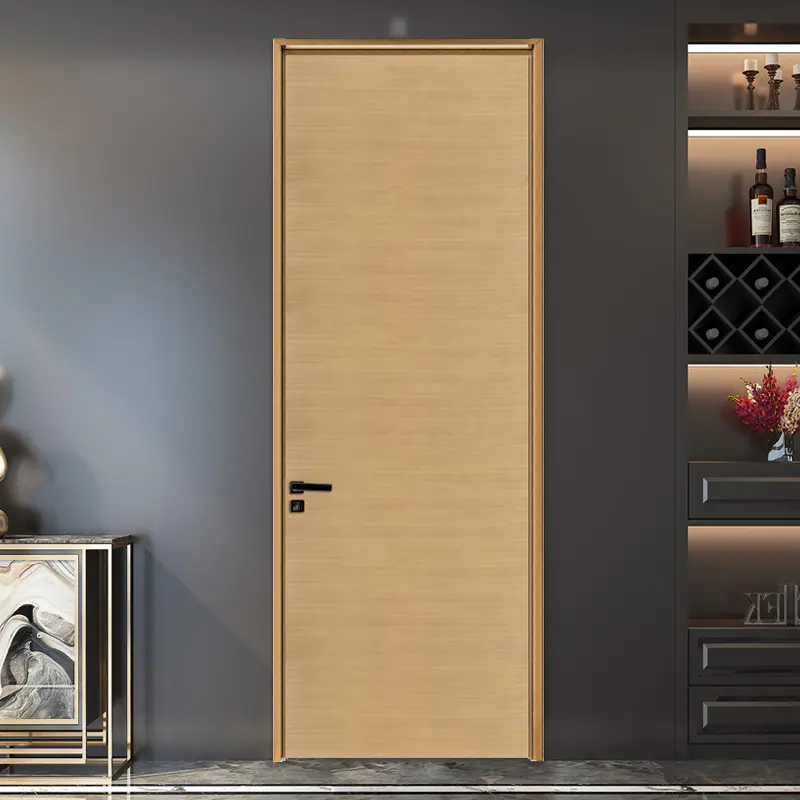
How resistant is the Glass Wooden Door to damage from scratches, dents, or impact?
Apr 28,2025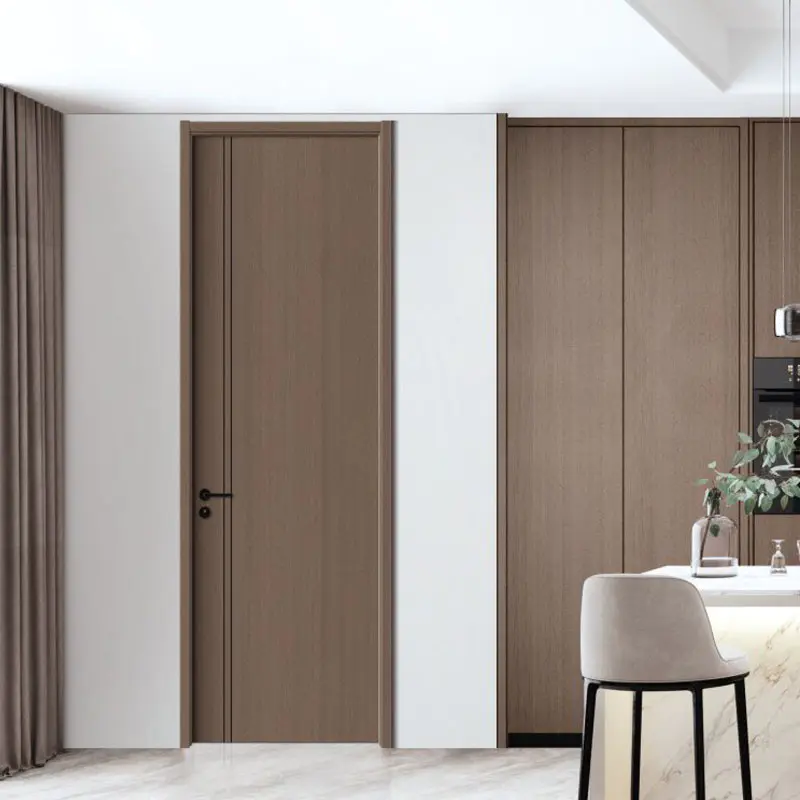
Installation Ease: Heavier doors require meticulous planning and execution during installation. Professional installers must ensure sufficient manpower or lifting equipment to safely handle and position the door. This includes coordinating the placement to avoid damage to the door, walls, or surrounding areas. Careful alignment is crucial to prevent issues such as uneven gaps or strain on the hinges.
Structural Requirements: The weight of the door directly influences the load-bearing capacity of the door frame and hinges. For heavier doors, the frame must be robust enough to support the weight without bowing or warping over time. Improper support can lead to premature wear of hinges and structural instability. Professional installation involves assessing the door's weight and ensuring the frame and hinges are matched to handle it effectively.
Wear on Hardware: Heavy doors exert greater stress on hinges and other hardware components. Properly sized and durable hinges are essential to distribute the weight evenly and maintain smooth operation. Over time, inadequate hardware can lead to problems such as squeaking, misalignment, or even failure of the door to close properly. Regular maintenance, including lubrication and periodic adjustments, is critical to prolong the lifespan of the hardware and ensure the door functions optimally.
Sound Insulation: The weight and density of the door material impact its ability to attenuate sound transmission between rooms. Heavier doors, with their denser materials, offer superior sound insulation compared to lighter alternatives. This is particularly beneficial in residential and commercial settings where privacy and noise control are priorities. Soundproofing measures, such as sealing gaps and using appropriate seals around the door frame, further enhance acoustic performance.
Durability: Heavier doors, often crafted from solid wood or composite materials with a denser core, are inherently more durable and resistant to wear and tear. They are less prone to dents, scratches, and impacts, making them suitable for high-traffic areas or environments where durability is paramount. The robust construction contributes to the door's longevity, reducing the need for frequent repairs or replacement.
Energy Efficiency: A heavier door contributes to better energy efficiency by providing enhanced thermal insulation. The door's weight and dense material composition help minimize heat transfer between different areas of a building. This thermal barrier helps maintain consistent indoor temperatures, reducing the workload on heating and cooling systems and potentially lowering energy costs over time.
Long-Term Stability: Properly installed heavier doors exhibit greater resistance to environmental factors such as humidity and temperature fluctuations, which can cause lighter doors to warp or swell. This stability ensures that the door maintains its structural integrity and aesthetic appeal over its lifespan. It also reduces maintenance requirements and enhances user satisfaction by providing consistent performance.
Aesthetic Considerations: The weight of a door influences its perceived quality and aesthetic appeal. Heavier doors often convey a sense of solidity and craftsmanship, enhancing the overall ambiance of a space. They can serve as focal points or complement existing interior design themes, making them a preferred choice in upscale residential and commercial settings where aesthetics play a significant role.
Walnut MDF Plywood Melamine Interior Door
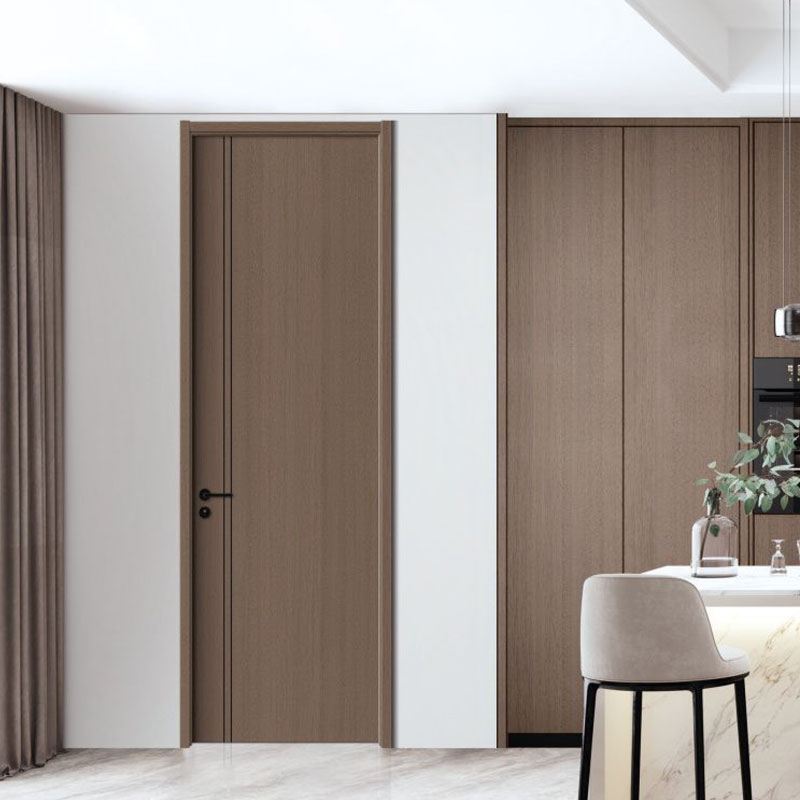
Your email address will not be published. Required fields are marked *